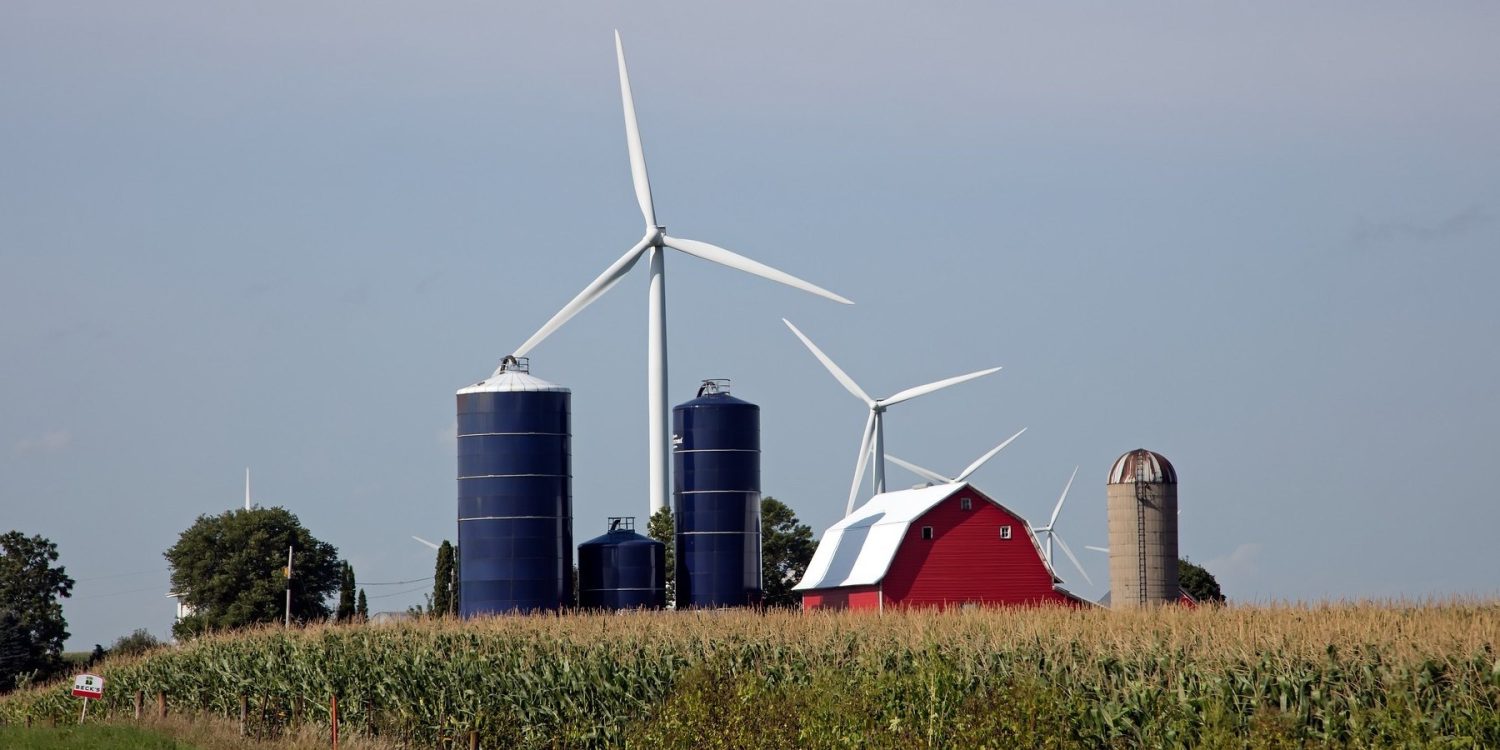Sweden becomes the third European country to close its last coal power plant
Just days after Austria shut its last coal power plant, Sweden has followed suit with the closure of Stockholm Exergi AB’s Värtaverket plant, two years ahead of schedule. Belgium shut down its last coal power station in 2016.

According to Europe Beyond Coal, six more countries are expected to follow suit by 2025 or earlier, including:
- France (2022),
- Slovakia (2023)
- Portugal (2023),
- UK (2024),
- Ireland (2025),
- Italy (2025).
Five more will drop coal by 2030 or earlier, which is the necessary end date for coal generation in Europe for the continent to be in line with the Paris Agreement. This includes:
- Greece (2028),
- the Netherlands (2029),
- Finland (2029),
- Hungary (2030)
- Denmark (2030).
Discussions are currently under way in the Czech Republic, Spain, and North Macedonia over when to exit coal.
Germany intends to exit coal by 2038, which would mean it would not meet the Paris Agreement.
image: Stockholm/Raphael Andres/Unsplash
Stockholm Exergi said:
The coal-fired cogeneration plant KVV6 at Värtaverket has been in operation and supplied heat and electricity to Stockholmers since 1989. Now it is closed. The mild winter has meant that that reserve has not had to be used, and now it is closed down for good. Our goal is for all our production to come from renewable or recycled energy. The closure of KVV6 means that all planned use of coal will cease and thus Stockholm Exergi’s CO2 emissions will be reduced by about half.
Anders Egelrud, CEO of Stockholm Exergi, said:
Our goal is for all our production to come from renewable or recycled energy. This plant has provided the Stockholmers with heat and electricity for a long time. Today we know that we must stop using all fossil fuels, therefore the coal needs to be phased out and we do so several years before the original plan.
Europe Beyond Coal‘s campaign director Kathrin Gutmann said:
With Sweden going coal free in the same week as Austria, the downward trajectory of coal in Europe is clear.
Against the backdrop of the serious health challenges we are currently facing, leaving coal behind in exchange for renewables is the right decision, and will repay us in kind with improved health, climate protection, and more resilient economies.
Coal is Already Dead in Austria

image: Verbund Coal Power Plant
Last Friday, Austria shut down its final coal power plant. The country’s largest power provider, Verbund, switched off its coal-fired district heating plant in the southeastern state of Styria, which had provided power to the nearby city of Graz for 34 years.
Austria still has gas and oil plants, but plans to cease fossil-fuel use for energy by 2030. Gas-fired plants will be shut down by the end of this decade, and Austria intends to be on 100% green energy at that point.
“The closure of the last coal-fired power plant is a historic step: Austria is finally getting out of coal power supply and is taking another step towards phasing out fossil fuels,” said Austrian Minister for Climate Protection Leonore Gewessler, noting that the government wants to switch a 100% power supply based on renewable energies by 2030. “This also gives us economic independence: We are currently spending €10 billion on imports of coal, oil and gas.”
Meanwhile in the United States...

The American Wind Energy Association says wind is now the largest single source of electricity in Iowa and Kansas. Both states now get more than 40% of their electricity from wind. In both states, wind has surpassed coal.
Texas and Iowa led the US in wind power additions, and South Dakota had the largest percentage growth in 2019, “increasing its installed wind capacity by over 50 percent after installing 506 MW.”
The Des Moines Register points out that “projects in Iowa added the second-most wind power capacity of any state in 2019, behind only Texas.”
Further:
The report also says Iowa is second in the nation in total wind industry jobs, with more than 9,000. The state’s total economic investment in wind energy grew by $3 billion to reach $19 billion — also second in the nation. Texas leads both categories.
A USA Today report from earlier this year noted the reliable income from wind energy can help steady farmers dealing with a turbulent economy. The AWEA report said land lease payments for Iowa wind projects reached $69 million in 2019.